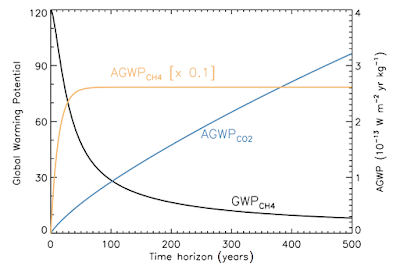Happy new year to all from a rather sorry looking, thinly snow covered European Alps!
The low snowfall in the European Alps this winter reminds me of a talk I went to a few weeks ago by James Balog (the man behind the 'Extreme Ice Survey' - http://extremeicesurvey.org for more).
He has done a really fantastic job of linking science and art through his ongoing study of glaciers in some of the world's most mountainous and polar regions. He poingnently described glaciers as 'the canary in the global coal mine' as he showed clips of glacial retreat the world over. One of his clips was from one of Europe's most significant glaciers the 'Mer de Glace' (The Sea of Ice) about 20 miles away from where I am staying at the moment. I remember visiting this glacier as a young boy, being shocked then to learn about its rapid retreat. As a lover of both photography and of the mountains, spending time exploring the latter whenever I can it was a fantastic talk and I'd recommend his film 'Chasing Ice' which is based on the project to anyone if you haven't already seen it.
Now back to topic...
This week we look at the complex issue of prediction methane emission into the future and looking at speculative predictions for future anthropogenic methane production as well as the 2 major worries for the future: methane clathrates and the risk of major methane release from defrosting permafrost regions.
Anthropogenic emissions into the future
The period of stabilisation in atmospheric methane levels experienced between 2000 and 2007 sadly appears to be over - growth has been consistent since 2008, passing the 1850ppb mark for the first time in 2014 as the figure below highlights:
Source: NOAA, 2015
Unfortunately predictions for the future aren't optimistic, with Höglund-Isaksson (2012) predicting anthropogenic emissions to break through the 400 Mt/year mark by 2027 and "an expected increase to 414 Mt methane in 2030". The same can be said for natural emissions; "Natural emissions of CH4 are likely to increase in a warmer climate; however, the magnitude and rate of change of future emissions from natural sources are largely unknown." - O'Connor et al (2010).
Source: Höglund-Isaksson, 2012
A sad reality if this is indeed the case, it highlights once again however the growing importance of curbing methane emissions. What though if methane emissions are now out of our control? That anthropogenically stimulated global warming has triggered a tipping point in the arctic in particular and that natural methane emissions from permafrost and methane hydrates are now set to be unleashed?
Vaks, A., Gutareva, O., Breitenbach, S., Avirmed, E., Mason, A., Thomas, A., Osinzev, A., Kononov, A. and Henderson, G. (2013). Speleothems Reveal 500,000-Year History of Siberian Permafrost. Science, 340(6129), pp.183-186.
Isaksen, I., Gauss, M., Myhre, G., Walter Anthony, K. and Ruppel, C. (2011). Strong atmospheric chemistry feedback to climate warming from Arctic methane emissions. Global Biogeochem. Cycles, 25(2), p.n/a-n/a.
Isaksen, I., Gauss, M., Myhre, G., Walter Anthony, K. and Ruppel, C. (2011). Strong atmospheric chemistry feedback to climate warming from Arctic methane emissions. Global Biogeochem. Cycles, 25(2), p.n/a-n/a.
Rachold, V., D. Y. Bolshiyanov, M. N. Grigoriev, H.‐W. Hubberten,
R. Junker, V. V. Kunitsky, F. Merker, P. Overduin, and W. Schneider
(2007), Nearshore Arctic subsea permafrost in transition, Eos Trans.
AGU, 88(13), doi:10.1029/2007EO130001.
O'Connor, F., Boucher, O., Gedney, N., Jones, C., Folberth, G., Coppell, R., Friedlingstein, P., Collins, W., Chappellaz, J., Ridley, J. and Johnson, C. (2010). Possible role of wetlands, permafrost, and methane hydrates in the methane cycle under future climate change: A review. Rev. Geophys., 48(4).
Höglund-Isaksson, L.: Global anthropogenic methane emissions 2005–2030: technical mitigation potentials and costs, Atmos. Chem. Phys., 12, 9079-9096, doi:10.5194/acp-12-9079-2012, 2012.
O'Connor, F., Boucher, O., Gedney, N., Jones, C., Folberth, G., Coppell, R., Friedlingstein, P., Collins, W., Chappellaz, J., Ridley, J. and Johnson, C. (2010). Possible role of wetlands, permafrost, and methane hydrates in the methane cycle under future climate change: A review. Rev. Geophys., 48(4).
Höglund-Isaksson, L.: Global anthropogenic methane emissions 2005–2030: technical mitigation potentials and costs, Atmos. Chem. Phys., 12, 9079-9096, doi:10.5194/acp-12-9079-2012, 2012.
























